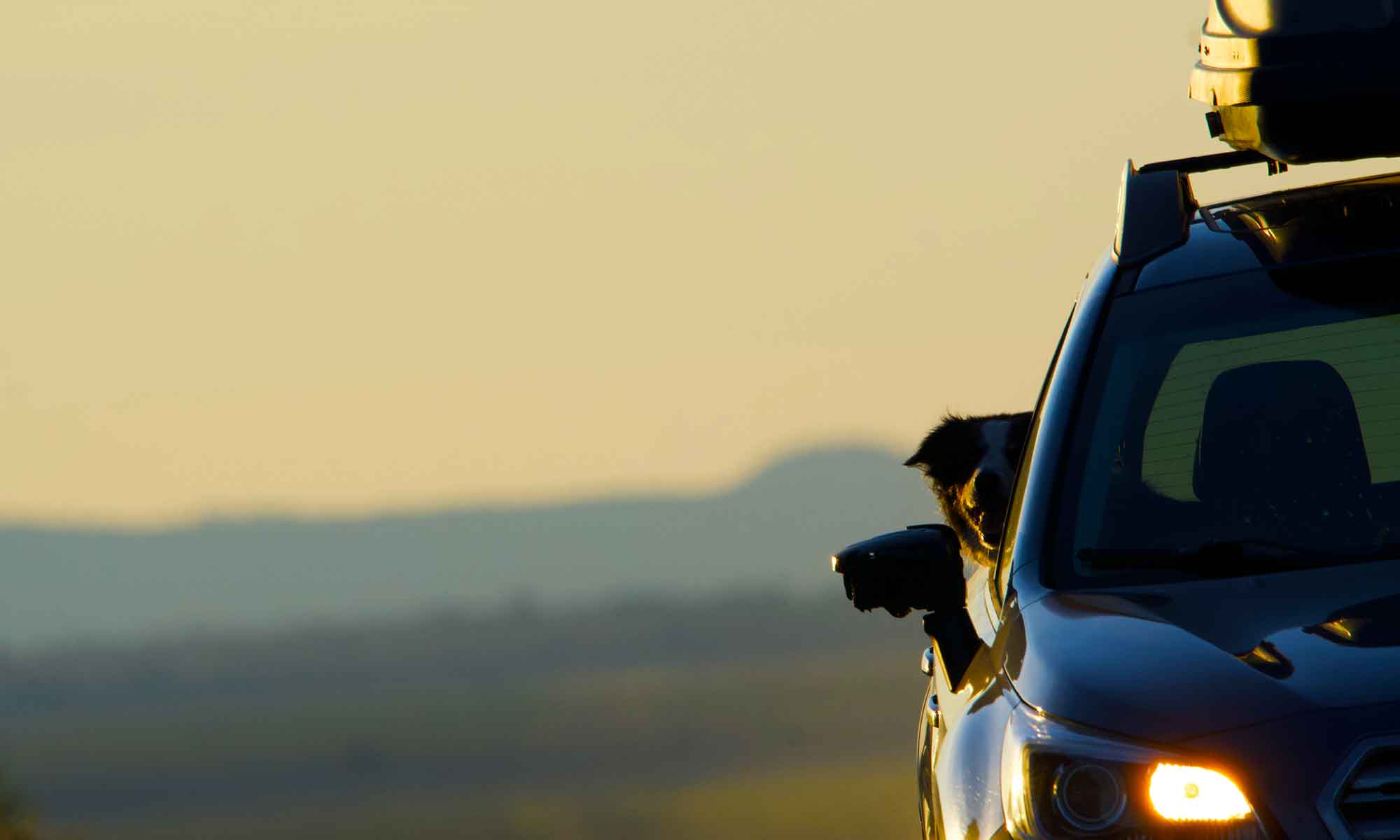
Not sure you’re ready for this . . . but I saw a vee of geese heading south yesterday.
Summer is spinning to an end and if you chance a look, you’ll see leaves are starting to turn.

While it’s just the start of the migrations, this week we drove over to Summer Lake Wildlife Refuge. As a bonus, on the AQI (Air Quality Index) map it seemed to be out of the smoke plume.
There was smoke, but it was hung up on the Abert Rim, shrouding the southern end of the valley in a brownish haze. This made for a lousy photo backdrop, but the air was pretty clear over Summer Lake.

 The road that runs through the center of the refuge follows a series of the canals used to move water between ponds. These were lined with thick fresh growth of dark green reeds and cattails. There was an abundance of dragonflies and frogs, but not many birds.
The road that runs through the center of the refuge follows a series of the canals used to move water between ponds. These were lined with thick fresh growth of dark green reeds and cattails. There was an abundance of dragonflies and frogs, but not many birds.
In recent trips to Summer lake we’ve started to drive the whole loop road. Instead of retracing our route, we turn west at a northern junction.

Here the road turns into a narrow set of ruts on a gravel levy that follows the refuge’s boundry with School House Lake.
These ponds offered up a variety of shore birds plying the shallow waters. Grebes, Pelicans, Gulls, Geese, Stilts and Blackbirds had all congregated in this northwest corner of the reserve.
After shooting a SD card load of images, we stopped for lunch. The heat of the day was pushing wildlife to cover so we headed back over the Paulina ridge and home.





































 This trip never disappoints. There is always some visitor or resident to pose for a picture. Most of the large migratory species have moved north, but a squadron of pelicans is still here.
This trip never disappoints. There is always some visitor or resident to pose for a picture. Most of the large migratory species have moved north, but a squadron of pelicans is still here.











 Over the years we’ve sat, eyes pinned to lenses, along a lot of different marshes. Living on the northern edge of the Great Basin puts us close to a few stopovers on the Pacific Flyway. One of the best, in our opinion, is
Over the years we’ve sat, eyes pinned to lenses, along a lot of different marshes. Living on the northern edge of the Great Basin puts us close to a few stopovers on the Pacific Flyway. One of the best, in our opinion, is 



